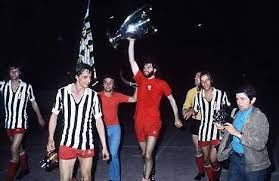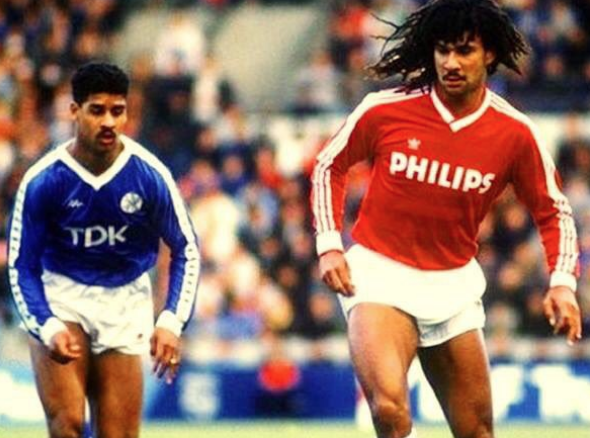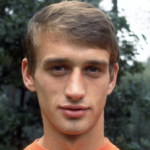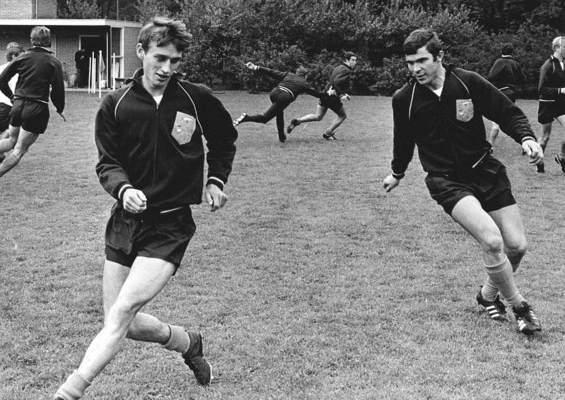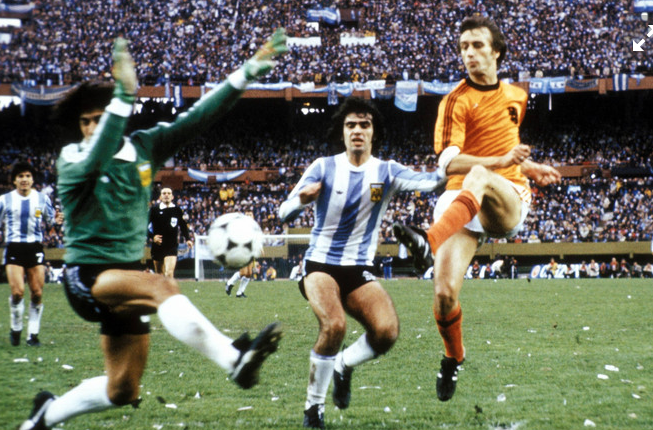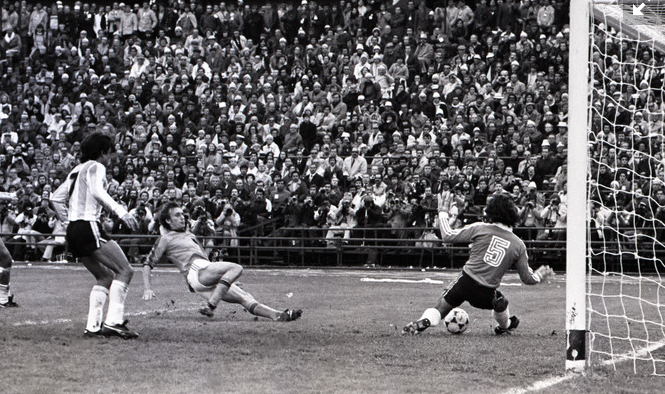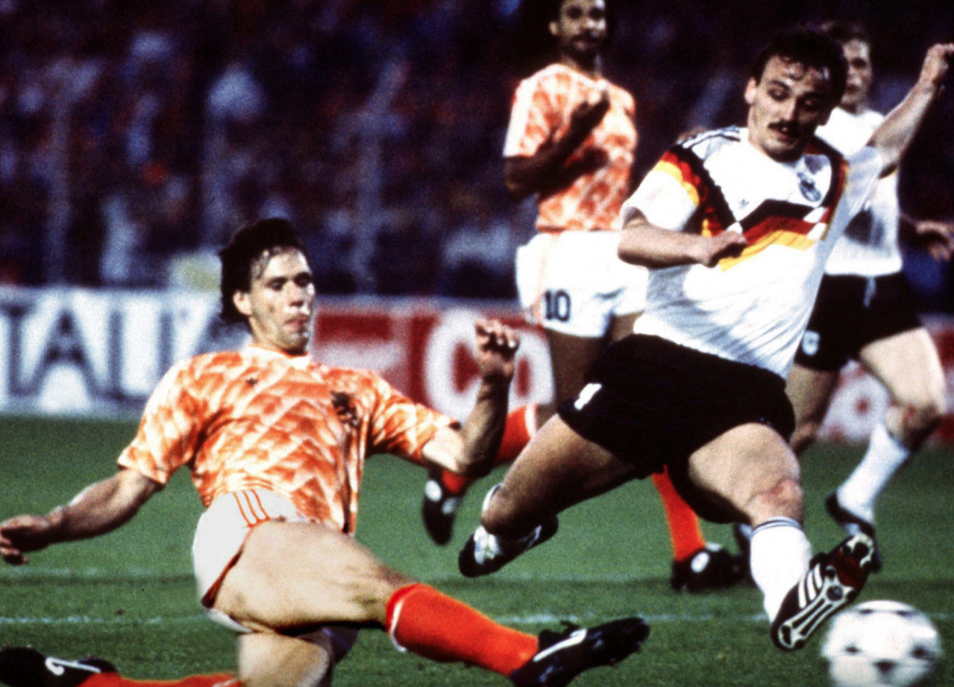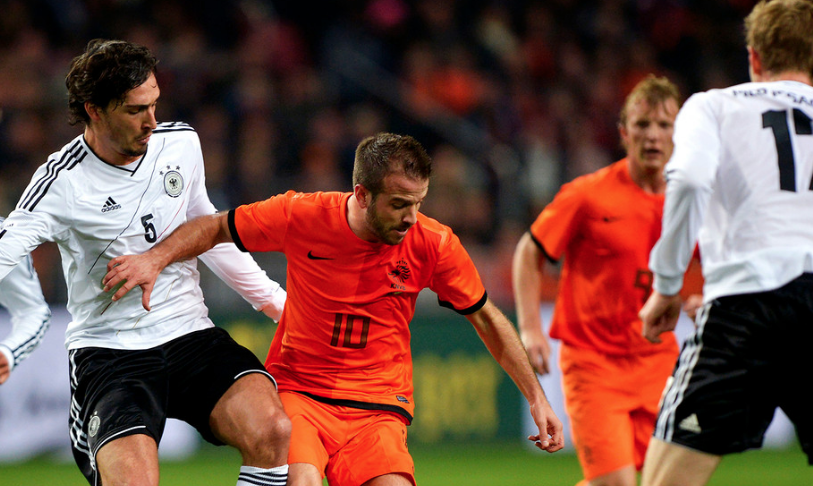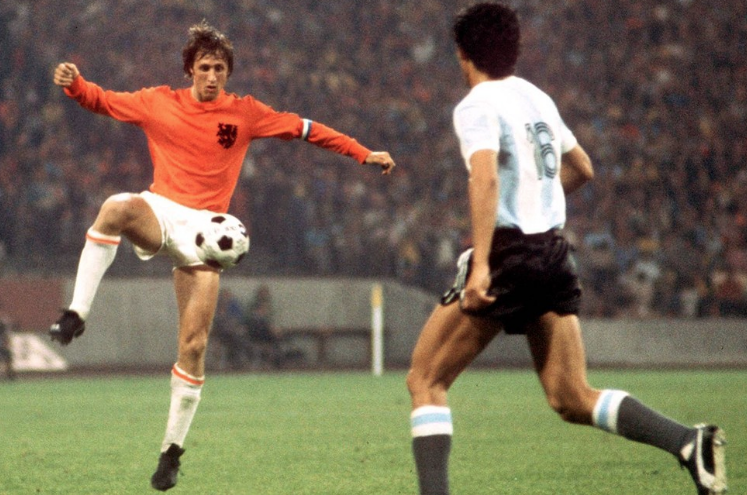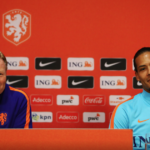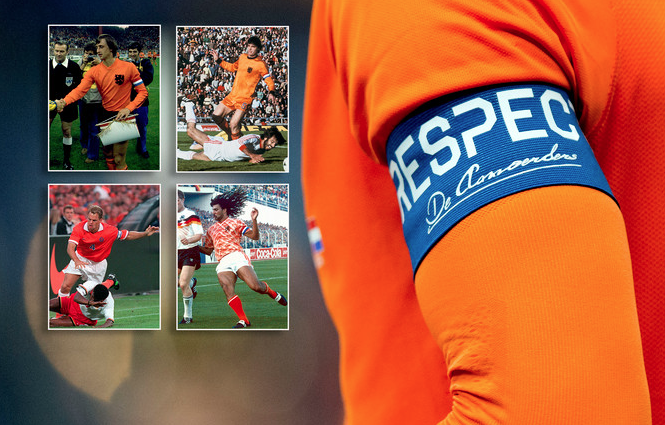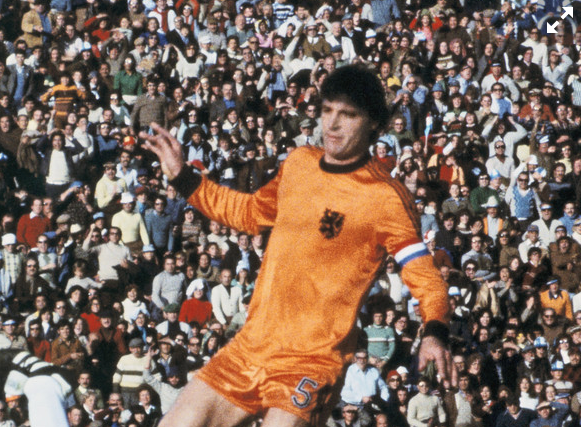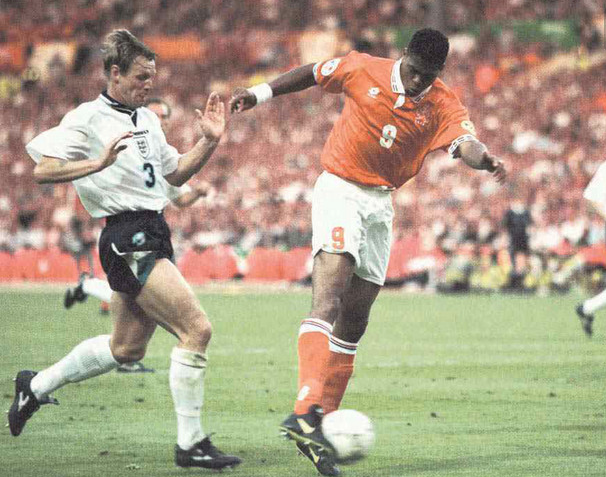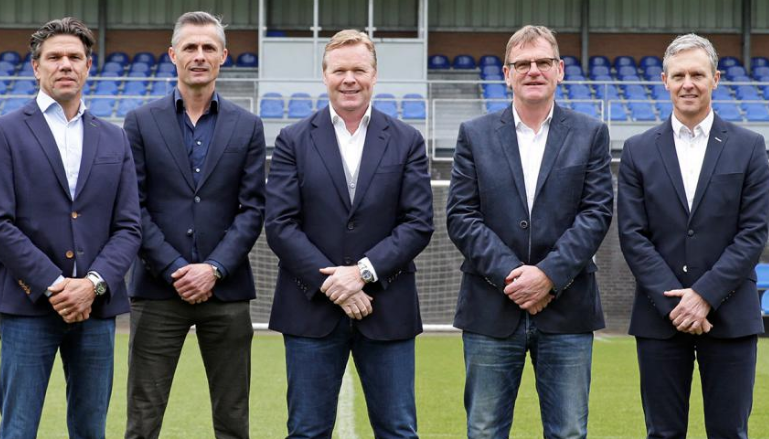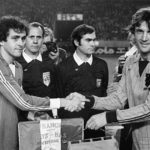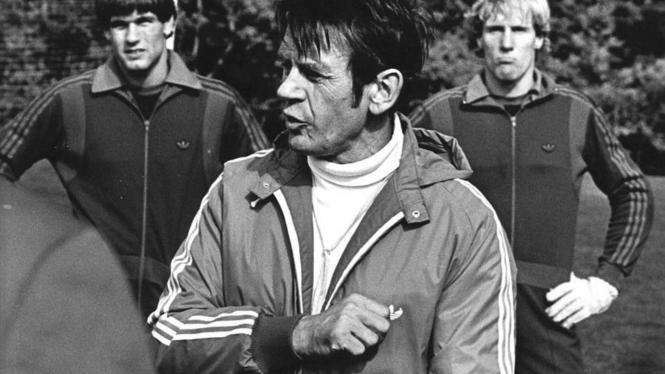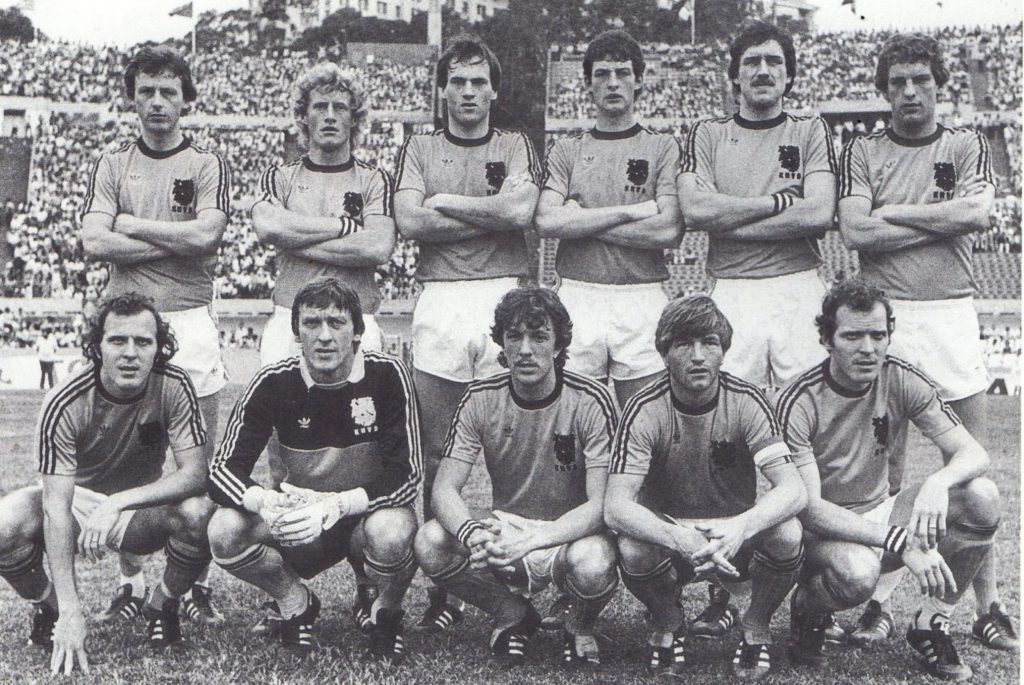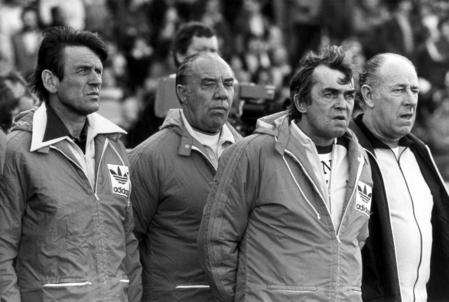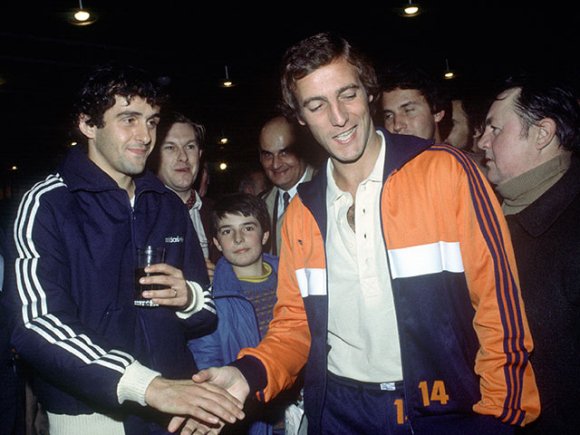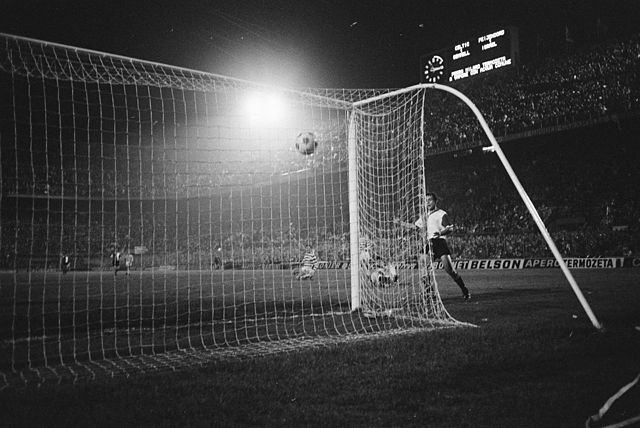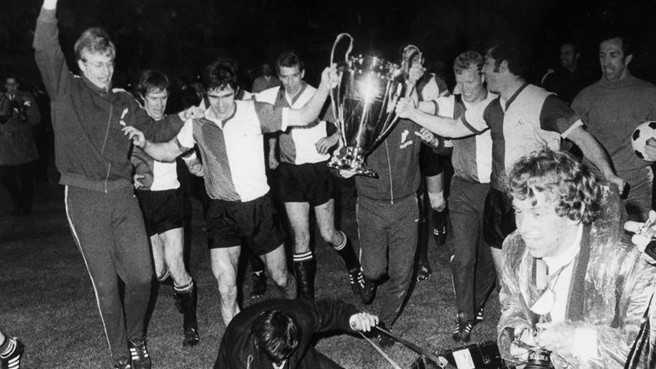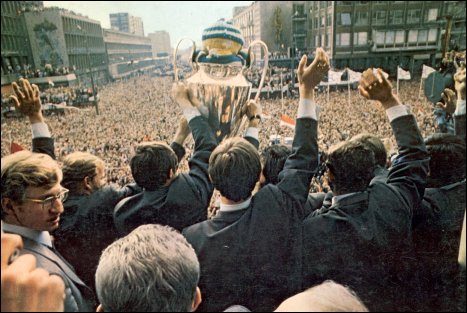I think Andrew from California made the comment about classic matches?
I am happy he did. It was on my mind too (and to be honest: I already watched Spain – Holland 1-5 from 2014 again, last night)… What to do in a world without football? Revisit classic matches.
I will list some classic matches below. I don’t have the links to these games, but I do believe YouTube will have them. Also this site here has some incredible info!
From my memory, the following matches are worth it.
1970s Club football
Feyenoord vs AC Milan and Feyenoord vs Celtic, when the Rotterdam club became the first to win the Europa Cup for The Netherlands!
Ajax won it three time in a row, after Feyenoord, with finals vs Panathinaikos, Inter Milan and Juve.
I don’t remember much of the games leading up to the finals for Ajax, but YouTube is your friend…
1970s Oranje at the World Cup
I am assuming we all know and have seen the Great Games Oranje played in 1974 and 1978. For students and scholars, it’s cool to watch all the matches of course and I know there are DVDs for sale and YouTube offers a lot too.
The three games to watch of the WC1974 are Oranje’s first match vs Uruguay. This is interesting, as this was the first time Oranje demonstrated their Total Football and even the Dutch fans and media were flabbergasted! We never saw Oranje play this well.
Don’t forget: The Netherlands shouldn’t have been there!! We played a qualifier to Belgium and we only qualified for the World Cup 1974 because of a real goal by Belgium was disqualified for off side.
The match vs Argentina is really good too, with Van Hanegem and Cruyff in superb form.
Lastly, the semi finals vs Brazil is an absolute cracker! Top goals, wonderful performances and gladiator style battles in midfield (Neeskens!!).
In 1977, Oranje played a famous match vs England at Wembley! The English loved to see Johan Cruyff, who was facing off with Kevin Keegan and Trevor Brooking. The Dutch had indeed Cruyff, Rep, Neeskens, Rensenbrink and Krol but it was young upstart from NEC Nijmegen Jan Peters (playing in the playmaker role deserted by an injured Van Hanegem) and Peters got the English all ecstatic with his perfect game and two goals (0-2). Peters would move to AZ Alkmaar and won the title there and reached the finals in the European Cup. He would later make a big move to Italy.
In 1978, without Cruyff and Van Hanegem, the Dutch started slowly but got to the finals anyway. With some outrageous long distance goals by Arie Haan and Ernie Brandts. Totally worth checking all these games, as it shows Oranje’s progress in the tournament.
Other Oranje Games from the 1980s
In the early 80s, we didn’t really play for the trophies! We had a dreadful 1980s Euros, we didn’t get to the Spain 1982 WC, or the 1986 WC in Mexico. We also missed the 1984 France Euros (both the 1982 and 1984 tournaments do stand out in my memory as top notch tournaments!).
In 1983, Holland played a famous qualification game vs Ireland (mentioned in the comments) in Dublin for the 1984 Euros. We didn’t end up going, but we had a massive break through in that match. We were 0-2 down. By then coach Rijvers was begged by fans to give the young guns of Ajax and Feyenoord a shot! There were the likes of Vanenburg, Rijkaard, Koeman and most particularly: Gullit and Van Basten. Rijkaard didn’t play this game, and Ruud Gullit played central defender! A role he played at PSV as well, later on, and he did so ever so well. Great strength, incredible long range passing and big runs over the axis of the field. This game was the rise of the youngsters! And finally Rijvers was confident enough to drop the like of Wijnstekers, Hovenkamp and Cees van Kooten for the young upstarts. The 2-0 half time score became a 2-3 win on a terrible pitch in Dublin.
In November of 1983, Holland played Spain at home and thanks to a Gullit winner, Holland had 1 leg into the 1984 Euros! Spain had one more home game vs Malta and needed to win 11-0 to qualify at the expense of Holland! That would never happen, right?
Holland won 5-0 vs Malta themselves and expected Spain to win with a similar score.
Only Cruyff and Van Hanegem, interviewed together, claimed that it wasn’t over yet and Spain would be able to score 11 goals vs Malta…
Infamously, the game was won (by Spain): 12-1!! And Malta had the first goal even! At half time, I think it was 1-1. Later on, it seemed Malta’s goalie was bribed and if you can stomach watching that game, you can tell why that story developed… Oranje was out!
This affected the qualification matches for the World Cup 1986 as well, with two early losses in qualification vs Hungary and Austria. Say what?
In November 1985, we played Belgium at home in Rotterdam. We would go to Mexico if we won 2-0 or more. I was there and remember the match also because my dad did his knee at walking to the stadium, which would be an injury right up to his death… We scored first, we scored the second… Houtman and Robbie de Wit. But only 5 mins left to go and right before us, Belgium defender George Grun slipped away from his marker and headed in the 2-1, meaning Belgium went to Mexico.
The next big memory re: Oranje would be the 1988 Euros. I’m sure you’ve seen the games?
All matches are worthwhile. The first match, Oranje lost vs the USSR but we played our best football of the whole tournament. But we lost. Coach Michels went from 4-3-3 to 4-4-2 and took Bosman and Van’t Schip off, for Van Basten and Erwin Koeman. The rest is history. Memorable games: the 2-3 vs England. The 2-1 versus West Germany and the finals of course. The 1-0 win over Ireland is also special due to Kieft’s freak goal and the tremendous fortune of not conceding a penalty for a blocked header by Ireland, with a hand. We rode our luck that tournament, as Van Basten scored an off side goal vs England and England was denied a 100% penalty.



